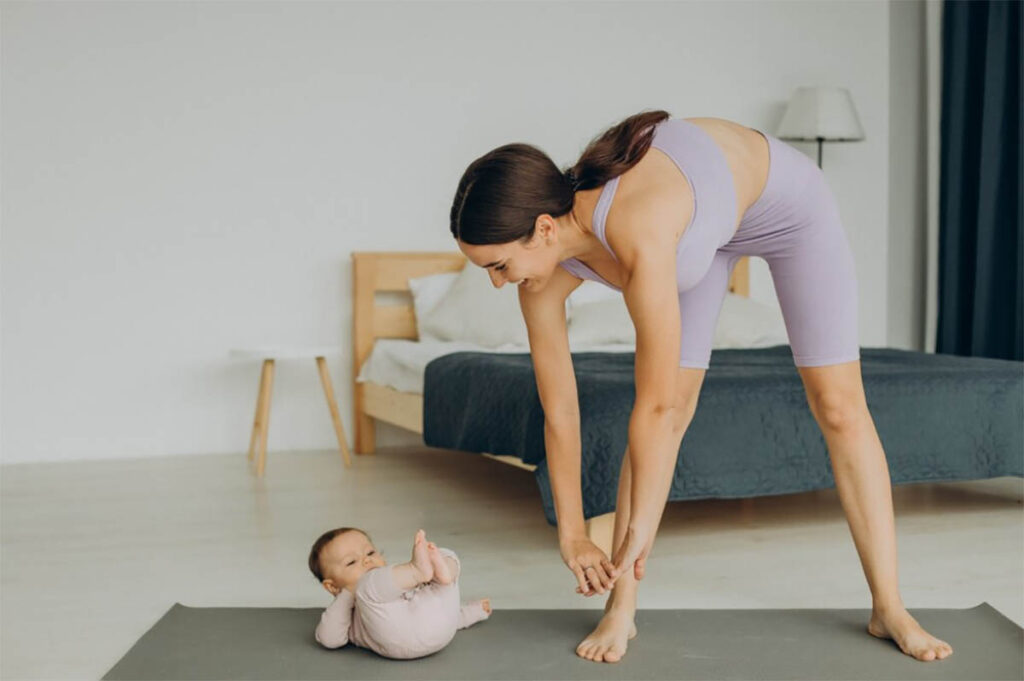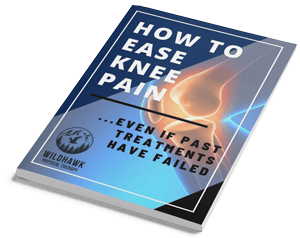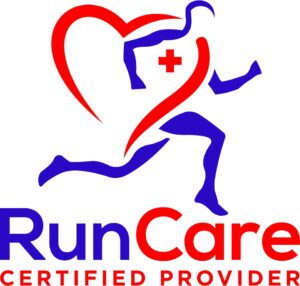
Introduction
Welcoming a new baby into the world is a moment of immense joy and transformation for a mother. However, lower back pain in women is a common issue that new mothers may experience months after delivery which also brings about significant physical challenges.
Many new mothers experience discomfort and pain in their lower back, which can interfere with their daily routine and ability to care for their newborn. This blog aims to provide new mothers with valuable insights into managing and alleviating postpartum back pain through practical tips, exercises, and support.
Understanding Postpartum Back Pain
Postpartum back pain is a common condition that affects new mothers after childbirth. It can range from mild discomfort to severe pain, impacting daily activities and the overall postpartum recovery process. Understanding the nature, causes, and persistence of pain is the first step toward effective management and relief.
What Causes Postpartum Back Pain?
Several factors contribute to postpartum back pain, including:
- Physical strain during childbirth: The effort of labor, especially during vaginal delivery, can put considerable stress on the back muscles and spinal column.
- Hormonal changes: Pregnancy hormones that loosen ligaments and joints in preparation for childbirth can also lead to instability and pain in the pelvic region and back post-delivery.
- Postural changes: The added weight of pregnancy often leads to adjustments in body position and posture, which can strain the back muscles.
- Muscle separation: The separation of abdominal muscles during pregnancy can weaken the core, placing additional stress on the back. This loss of muscle tone and strength in the stomach muscles and leg muscles contributes to the discomfort.
Importance of Managing Postpartum Back Pain

Effectively managing postpartum back pain is crucial for a new mother’s physical health and emotional well-being. Pain after delivery can hinder the ability to perform daily tasks, care for the newborn, and enjoy motherhood. Addressing back pain not only improves quality of life but also prevents chronic conditions from developing.
Tips for Preventing Postpartum Back Pain
Prevention is key when it comes to managing postpartum back pain. Here are some effective strategies:
Gentle Exercises
Proper Posture
Maintaining good posture is essential. When breastfeeding, use a supportive chair and keep your back straight. Use pillows to bring the baby to your breast, rather than hunching over, which can exacerbate poor posture and pain.
Proper Lifting
Always bend at the knees and keep the back straight when lifting your baby or any other object. This technique helps protect your back muscles from strain and prevents back pain postpartum.
Relaxation Techniques
Warm Baths
Taking a warm bath can soothe sore muscles and provide relief from back pain. Alternatively, a heating pad applied to the affected area can help relax the muscles and improve circulation.
Massage
Gentle massage can be incredibly beneficial for easing back pain. It helps reduce muscle tension and promotes relaxation. Consider seeking a professional massage therapist who specializes in postpartum care for alternative treatments.
Nutrition and Hydration’s Role in Prevention
A balanced diet and proper hydration play a pivotal role in the prevention and management of postpartum back pain. Nutrients such as calcium, magnesium, and vitamin D are essential for bone health, while omega-3 fatty acids found in fish oil can reduce inflammation.
Adequate hydration keeps the intervertebral discs healthy, ensuring they can provide the necessary cushioning and support for the spine. Incorporating a variety of fruits, vegetables, lean proteins, and whole grains into your diet, along with drinking plenty of water, can significantly contribute to your recovery and well-being.
Wildhawk Physical Therapy’s Service in Postpartum Recovery
For new mothers experiencing postpartum back pain, Wildhawk Physical Therapy offers specialized services tailored to the unique needs of postpartum recovery. Our approach includes personalized assessments to identify specific issues, such as pelvic girdle pain or joint instability, and create a customized treatment plan.
Services may include manual therapy, targeted postpartum back pain exercises, and education on body mechanics to ensure that mothers not only recover from back pain but also prevent its recurrence. With a focus on compassionate care and evidence-based practices, Wildhawk Physical Therapy is a valuable resource for new mothers seeking support in their recovery journey.
Strengthening Exercises for Postpartum Back Pain

Pelvic Tilts
Pelvic tilts are a gentle exercise that strengthens the abdominal muscles, and pelvic floor muscles, and stretches the lower back. These postpartum stretches for back pain are particularly beneficial for those with a weak core and abdominal region, helping to rebuild muscle strength and alleviate common postural issues.
Bridge Pose
The bridge pose strengthens the glutes, hamstrings, and lower back, crucial areas for improving core strength and reducing the risk of chronic pain. This exercise supports the rehabilitation of the pelvic muscles and abdominal wall, promoting recovery from pain during pregnancy and after delivery.
Cat-Cow Stretch
This exercise improves flexibility in the spine and strengthens the abdominal muscles. The movement between extreme positions helps to relieve tension in the back and is an excellent way to address common issues such as pelvic pain and poor posture.
Bird Dog
Bird Dog strengthens the core, back, and shoulders, offering pain relief by improving muscle strength and reducing the potential risks associated with loss of muscle tone. It’s an essential part of an exercise program designed to enhance physical activity and support the pelvic bones’ stability.
Side Planks
Side planks strengthen the obliques and lower back, areas that are crucial for maintaining proper body position and avoiding joint pain. This exercise is particularly beneficial for primiparous women, who may experience increased joint instability and pain after pregnancy.
Superman Exercise
This exercise targets the back extensors, which support the spine and is key for improving the strength of the pelvic floor muscles and leg muscles. Regular practice can help mitigate the persistence of pain and support the recovery process.
Customized Exercise Plan
Considering each mother’s unique health status and recovery pace, a customized exercise plan can be more effective in managing postpartum back pain. Consultation with a physical therapist or a specialized trainer can help design an exercise regimen that addresses specific needs, ensuring safe and effective recovery. This personalized approach can include pelvic floor exercises, electrical nerve stimulation, and other treatment options tailored to the individual’s condition.
Conclusion
Postpartum back pain is a challenge many new mothers face, but with the right strategies, it can be managed effectively. From understanding its causes to implementing preventive measures, gentle exercises, and seeking specialized support, there are numerous ways to alleviate discomfort and improve overall well-being. Remember, every mother’s journey is unique, and it’s important to listen to your body and seek medical advice when needed.
FAQs
How do you treat postpartum back pain?
Postpartum back pain can be treated with a combination of rest, gentle exercises, proper nutrition, and hydration. Consulting a healthcare provider for personalized advice and considering physical therapy and pain therapy can also be beneficial.
Can a C-section cause back pain?
Yes, a C-section can contribute to back pain due to the spinal anesthesia administered during the procedure and the physical strain of surgery. Postoperative care, including acute postpartum and persistent postpartum pain management strategies, can help alleviate this pain.
How can I strengthen my lower back after having a baby?
Strengthening the lower back after having a baby involves gentle exercises such as pelvic tilts, bridge poses, and core strengthening routines. It’s important to start slowly and increase intensity gradually to avoid injury and address the common symptoms of pain with childbirth effectively.









